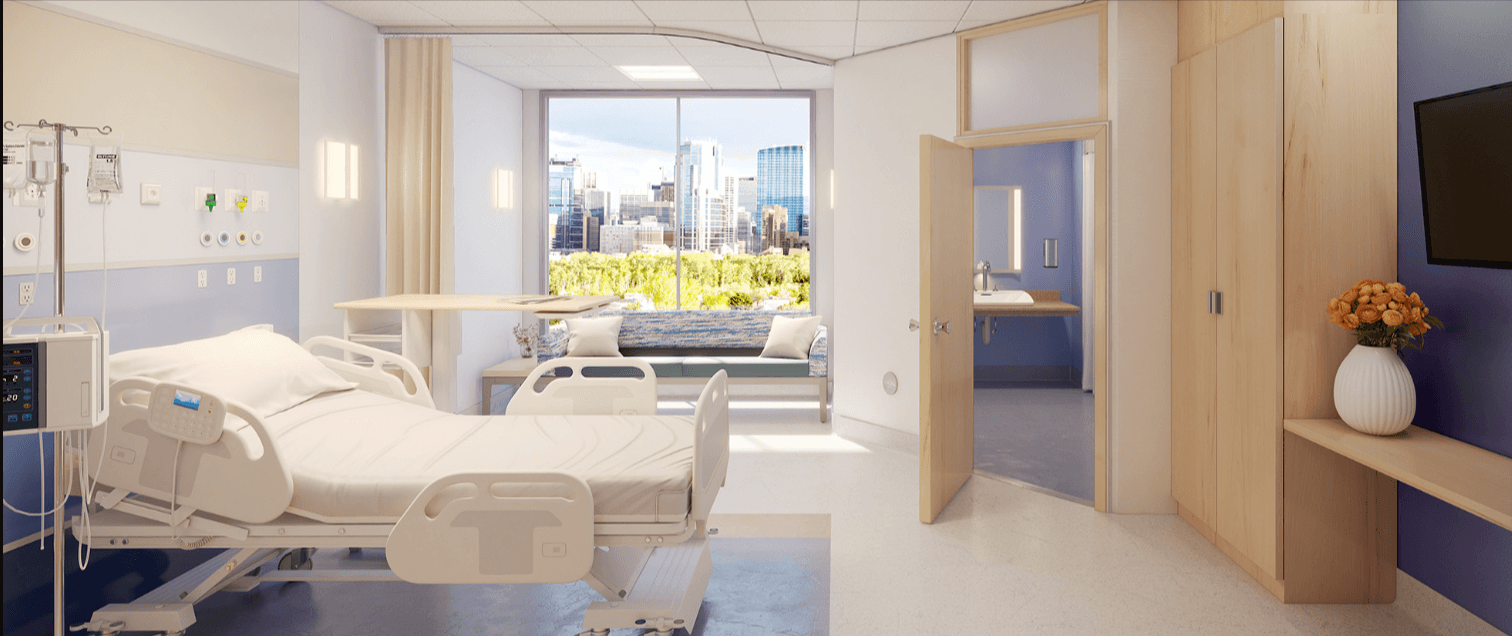In the realm of healthcare, lighting isn’t merely a functional necessity—it’s a powerful tool that shapes patient experiences, influences clinical outcomes, and contributes to the overall healing environment. From the soft glow of a bedside lamp to the bright lights of an operating room, every aspect of lighting design in healthcare facilities serves a purpose beyond mere visibility. In this blog, we’ll delve into the multifaceted role of healthcare lighting and explore its profound impact on patients, staff, and the healthcare environment.
Creating Healing Environments:
The design of healthcare spaces extends far beyond their physical structure; it encompasses every element that contributes to patient comfort and well-being. Lighting plays a pivotal role in creating healing environments that promote relaxation, reduce anxiety, and support the recovery process. Soft, diffused lighting can create a calming ambience in patient rooms, while strategically placed lighting fixtures can provide a sense of security and reassurance in clinical areas.
Enhancing Patient Comfort and Safety:
Effective lighting design is essential for ensuring patient comfort and safety within healthcare facilities. Well-lit corridors, treatment areas, and examination rooms not only enhance visibility but also reduce the risk of accidents and falls, particularly for patients with mobility issues or visual impairments. Moreover, proper lighting supports wayfinding and navigation, helping patients and visitors orient themselves within the facility and navigate complex environments with ease.
Supporting Clinical Tasks and Procedures:
In addition to enhancing patient experiences, healthcare lighting plays a critical role in supporting clinical tasks and procedures. Adequate illumination is essential for healthcare professionals to perform diagnostic assessments, surgical procedures, and therapeutic interventions accurately. Properly calibrated lighting systems provide optimal visibility and minimize shadows, ensuring that clinicians can work effectively and efficiently in various healthcare settings.
Promoting Circadian Rhythm Regulation:
Lighting doesn’t just affect what we see—it also influences our internal biological rhythms and sleep-wake cycles. In healthcare environments, where patients may be confined to indoor spaces for extended periods, circadian lighting systems are gaining recognition for their ability to promote natural sleep patterns and improve overall well-being. By mimicking the natural progression of daylight, these systems help regulate patients’ internal clocks and support their recovery process.
Optimizing Energy Efficiency and Sustainability:
While the focus on patient comfort and clinical functionality is paramount, healthcare facilities also have a responsibility to prioritize energy efficiency and sustainability in their lighting design. Energy-efficient lighting technologies, such as LED fixtures and motion sensors, not only reduce operational costs but also minimize environmental impact by conserving resources and reducing carbon emissions. By incorporating sustainable lighting practices into their design standards, healthcare facilities can demonstrate their commitment to environmental stewardship while delivering high-quality patient care.
Fostering Healing and Well-Being:
Ultimately, the goal of healthcare lighting goes beyond mere illumination—it’s about fostering healing, comfort, and well-being for patients, staff, and visitors alike. Whether it’s the gentle glow of a night light in a pediatric ward or the precise illumination of a surgical suite, every lighting decision in healthcare design is made with the intention of creating environments that support healing and promote positive outcomes.
In conclusion, healthcare lighting is far more than a technical necessity—it’s a critical component of patient-centered care that shapes the overall healthcare experience. By prioritizing lighting design that enhances patient comfort, supports clinical functionality, promotes circadian rhythm regulation, and embraces energy efficiency, healthcare facilities can create environments that foster healing, promote well-being, and improve the quality of care provided to patients. Through thoughtful design, collaboration, and innovation, healthcare lighting can truly illuminate the path to better health and healing for all.
